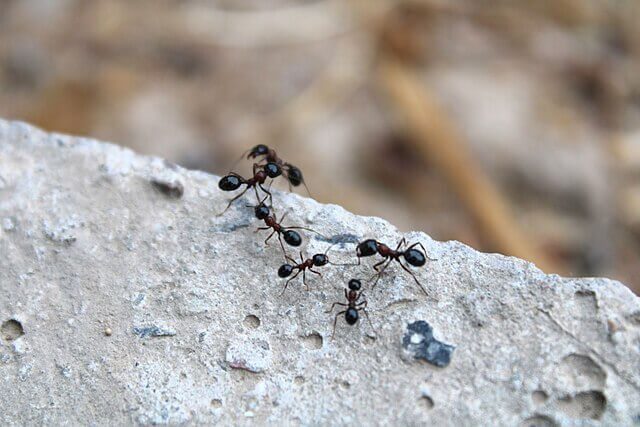
Island-dwelling insects have not escaped the human-driven pressures that have sent many invertebrate populations into steep decline across the planet, according to new research on Fijian ant species.
Over the past 150 years, hundreds of thousands of insect species are thought to have been lost, with scientists estimating that between 1% and 2.5% of the world’s remaining insect biomass disappears each year — a decline so severe that many entomologists now refer to it as an “insect apocalypse”. Yet long-term population data remains limited and uneven across regions.
A study in the journal Science offers fresh insight into what is happening to insects in some of the world’s most remote locations.
“There is global concern about the ‘insect apocalypse’, but a lot of uncertainty and debate about what is actually happening,” said Evan Economo, an entomologist at Japan’s Okinawa Institute of Science and Technology and co-author of the research.
“We have a new kind of evidence of something we long suspected: that insect species endemic to remote islands are in decline.”
Economo and his colleagues analysed the genomes of ant populations collected across the Fijian archipelago over recent decades and preserved in museum collections. By examining genetic variations among thousands of specimens, they were able to infer whether populations were increasing or declining.
Their findings reveal that 79% of Fiji’s native ant species are in decline — a trend that began around 3,000 years ago, coinciding with the arrival of humans on the islands, and has accelerated dramatically over the past 300 years with European contact, global trade and the onset of modern agriculture.
For isolated tropical islands, where detailed historical records are scarce, it is often difficult to determine how human activity has affected insects. However, such understanding is vital. Islands are biodiversity hotspots precisely because of their isolation — a feature that also makes their ecosystems particularly vulnerable to extinction.
“Remote oceanic islands like the Galápagos, Hawaii and Fiji harbour species that evolved in isolation and often have spectacular differences from their mainland relatives,” Economo said.
The research adds to growing global evidence of widespread insect decline. In Germany, flying insect abundance across 63 nature reserves has fallen by 75% in less than 30 years. In the United States, beetle numbers have dropped by 83% in 45 years, with around 15% of tiger beetle species in decline. Europe’s grassland butterfly numbers have decreased by 36% in the past decade.
Across the world, insects are under siege from multiple threats: habitat destruction, pesticide use, climate breakdown and light pollution are together driving the rapid loss of biodiversity from wetlands, forests and grasslands alike.
“We need to look at insects in more places, with more methods, to understand what is happening to insects and other invertebrates,” Economo said.
——————————————————————————
At Natural World Fund, we are passionate about restoring habitats in the UK to halt the decline in our wildlife.

